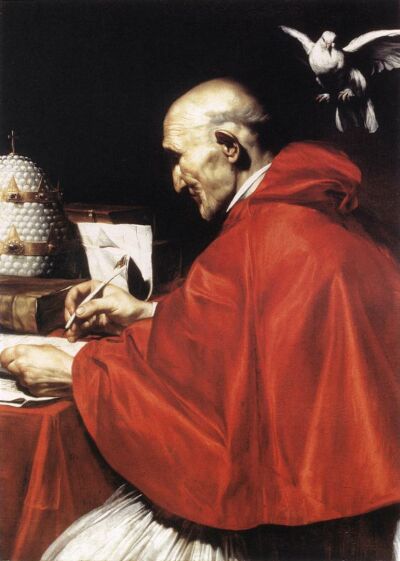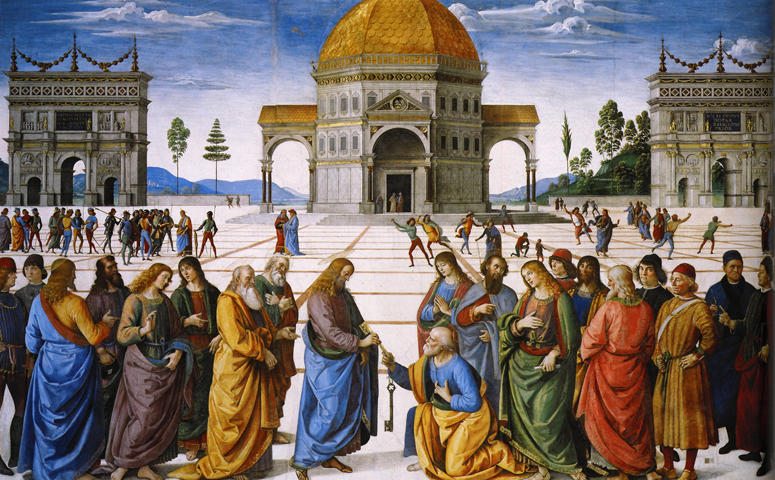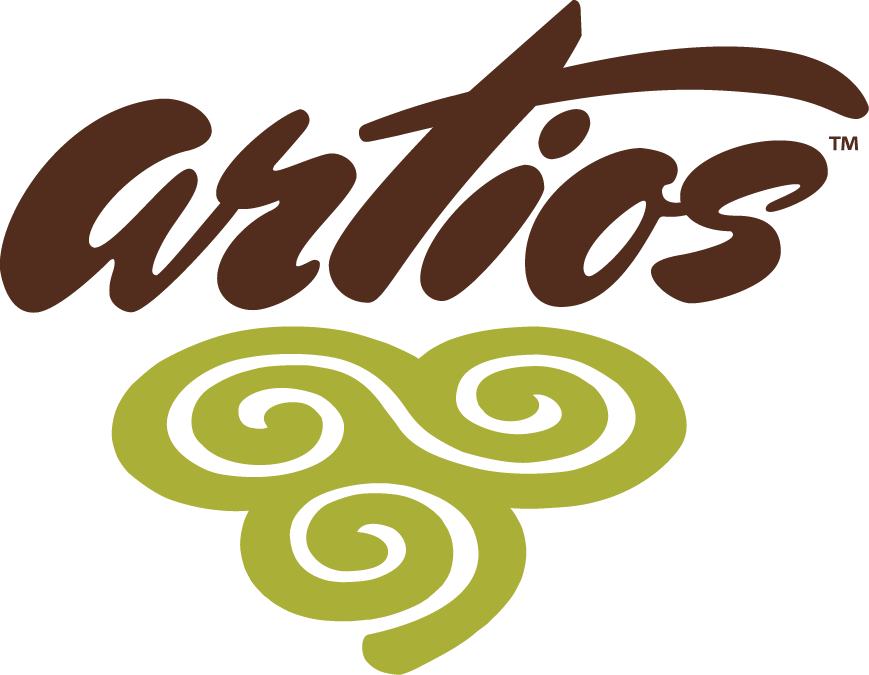[precontent]
[one_third]
Unit 4: The Rise of the Papacy
[dropcap type=”box”]T[/dropcap]the Papacy helped to shape the medieval and modern eras’ however, its rise didn’t happen immediately and the papacy didn’t always have its temporal authority. The rise of the Papacy came out of the vacuum that followed the fall of Rome.
[/one_third]
[two_third_last]
 [/two_third_last]
[/two_third_last]
[/precontent]
[three_fourth]
[box]
[box_header]
Unit 4 [flag bg_color=”#d6e3bc” text_color=”#9d241a”]Middle School[/flag]
[/box_header]
[box_content]
Unit Overview
- Subjects Covered
- Grammar, Literature, Composition, Social Studies
- Time Period
- Medieval – Renaissance
- Grade Level
- Middle School: 6-8
- Civilization
- Rome, Barbarian, The Papcy
- Literature
- The Confessions of St. Augustine by St. Augustine
[/box_content]
[box_content]
Unit Description

The Papacy helped to shape the medieval and modern eras; however, its rise didn’t happen immediately and the papacy didn’t always his its temporal authority. The rise of the Papacy came out of the vacuum that followed the fall of the Roman Empire. In this unit we will be studying the Rise of the Papacy, its temporal power, and one of its greatest Popes, Gregory the Great.
[/box_content]
[box_content]
Leading Ideas and Biblical Principles
[list type=”arrow”]
- An individual’s character will be reflected in his leadership.
As a man thinketh in his heart, so is he. – Proverbs 23:7 - There is power in the spoken word to do evil or to do good.
Out of the abundance of the heart, the mouth speaketh. – Matthew 12:34 - The rise and fall of nations and leaders is determined by God. – Proverbs 21:1
[/list]
[/box_content]
[box_content]
Key Events, People, and Topics.
[list type=”arrow”]
- Gregory the Great
- Carlo Saraceni
[/box_content]
[/box]
[box]
[box_header]
Unit 4 Resources: [flag bg_color=”#d6e3bc” text_color=”#9d241a”]Middle School[/flag]
[/box_header]
[box_content]
[button id=”1″ link=”https://www.artioshcs.com/wp-content/uploads/2016/07/Unit-4-History-Middle-School-Medieval-Renaissance.pdf” linking=”new-window” size=”medium” type=”simple” title=”maps”]Download History Unit[/button]
[button id=”1″ link=”https://www.artioshcs.com/wp-content/uploads/2016/07/Literature-Units-1-6-Middle-School-Medieval-Renaissance.pdf” linking=”new-window” size=”medium” type=”simple” title=”maps”]Download Language Arts Unit[/button]
[button size=”medium” link=”http://wps.ablongman.com/wps/media/objects/262/268312/art/figures/KISH_08_171.gif”]Download Maps[/button]
[/box_content]
[box_content]
[tabs type=”simple” position=”top-left”]
[tab_title]Supporting Videos & Resources[/tab_title]
[tab_content]
Read the summaries for Books V & VI.
[/tab_content]
[tab_title]Arts[/tab_title]
[tab_content]
[/tab_content]
[button size=”medium” link=”https://www.artioshcs.com/wp-content/uploads/2012/08/MS-Unit-3-Confessions-of-St.-Augustine-books-7-8.pdf”]The Confessions of St. Augustine[/button]
[button link=”https://www.artioshcs.com/wp-content/uploads/2012/08/Unit-4-MS-Final-Medieval-Renaissance-dragged.pdf” linking=”new-window” size=”medium” type=”simple” title=”Unit 4 MS Grammar”]Unit 4 MS Grammar: Comma Rule 6, 7, & 8[/button]
[button link=”https://www.artioshcs.com/wp-content/uploads/2012/08/Comma-Rule-6-7-8.pdf” linking=”new-window” size=”medium” type=”simple” title=”Unit 4 MS Grammar”]Unit 4 MS Grammar Exercises: Comma Rule 6, 7, & 8[/button]
[/tab_content]
[/tabs]
[/box_content]
[/box]

Points to Ponder
Why so much narration?
In developing readers and writers, narration plays a key role in the development of both writing skills and comprehensions skill. Narration serves as practice in the chronological recall of key aspects of the reading and in accurately retelling what has been read. It also serves as great writing practice for the student. Often in the student’s narration, you will find them unconsciously mimicking the writing style of the reading, thus gaining practice with varied sentence structure and new vocabulary.
Points to Ponder:
1. As students and parents begin reading the articles contained in the history section, they will notice that the sentence structure and vocabulary is much more varied than that found in a typical textbook. This reading may prove to be challenging for students who are not used to more complex writing and sentence structure. However, as the student continues the reading they will not only find it easier, but their vocabulary will expand and their writing will improve based on the variety of writing styles read throughout the history section.
2. You will notice that not all of the articles chosen are written by the same author. This too, was a conscious decision on the developers of this curriculum. As we all know, the way history is perceived and recorded can vary based on an author’s personal worldview and perspective. In choosing articles by various authors, we are illustrating this fact to the student and challenging them to compare and contrast various aspects of recorded history.